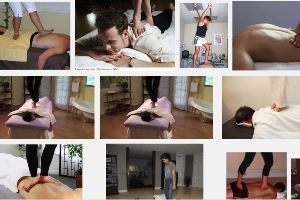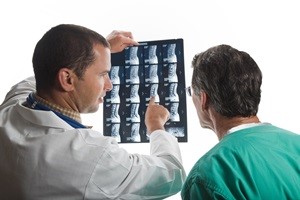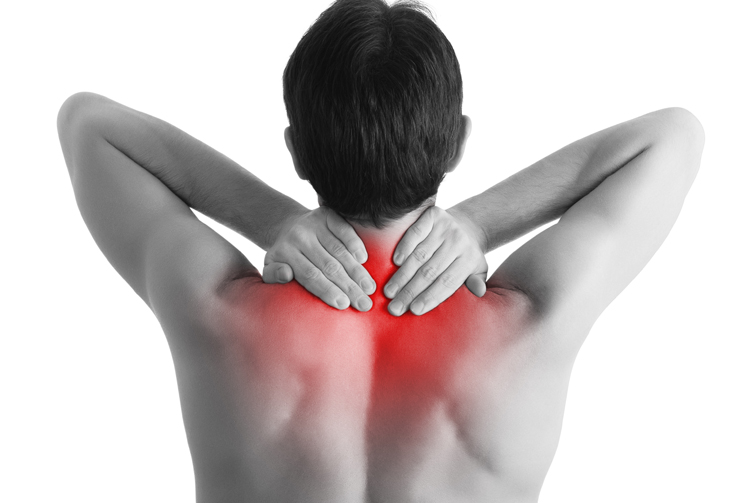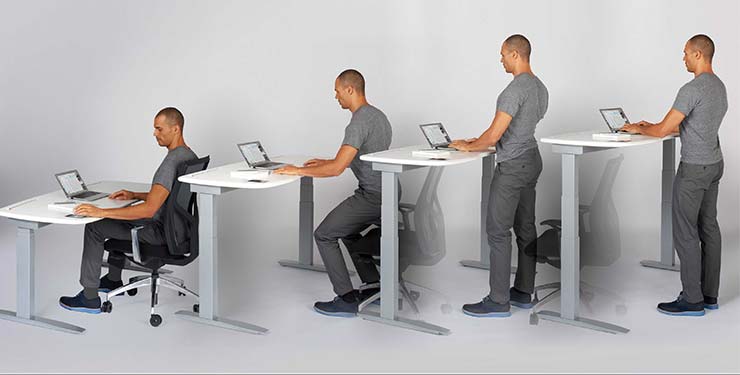Back Pain Wilmington NC: History of Back Walking
A new and increasingly popular form of massage therapy called “Ashiatsu” is actually anything but new. This type of massage—in which the therapist manipulates the patient’s back by walking on it—has its roots in the East. Although stories of exactly where and when this form of “back walking” massage began vary, its origins can safely be traced back to ancient India, China, Japan, and other Asian countries. our back pain specialist in Wilmington NC explains more about ashiatsu.
One of the first historical citations of this practice comes from the Kerala region of India, where a practice known as Chavutti Thirumal was developed among practitioners of martial arts and classical dance. In the local language, the word “Chavutti” means foot or leg, and the word “Thirumal” means massage. Students of these martial arts and dance methods used foot massage techniques to help their bodies heal from injury and remain supple and flexible.
The practice soon spread to other areas of Asia. In Japan it became combined with the study of pressure points and meridians. Just as the word “Shiatsu” means “finger pressure” (“shi” translates to “finger” and “atsu” translates to pressure), “Ashiatsu” means “foot pressure” (“ashi” translates to “foot”). At around the same time in Thailand, other forms of barefoot Thai massage were being developed based on the principles of Chavutti Thirumal.
How has Ashiatsu evolved over time?
In the late 1990s, a form of Ashiatsu was developed by Ruthie Piper and trademarked as Ashiatsu Oriental Bar Therapy™, or AOBT. Although she was not the first practitioner of barefoot massage in the United States, Piper’s work training and certifying practitioners of the technique helped to make it more popular in this country.
The “Bar Therapy” aspect of AOBT and newer forms of Ashiatsu massage refers to the fact that the patient is positioned on a modern massage table rather than on a mat on the floor, and the Ashiatsu practitioner supports himself or herself above the patient using a set of bars installed on the ceiling. This enables practitioners not only to more easily maintain their balance, but to use the bars to control the amount of pressure being applied to patients’ back muscles.
Ashiatsu massage is considered to be less stressful for the patient’s body than many other massage techniques because pressure from the feet is spread out over a wider area than it would be if applied by the fingers, heel of the hand, or elbow. It is thus ideal for massaging large muscles such as the thigh or trapezius muscles of the back. Ashiatsu massage is certainly less stressful for the bodies of practitioners since they can use gravity to assist them in their work, rather than having to rely entirely on their own muscle power to apply directed pressure.
If you are interested in Ashiatsu massage, speak to our back pain specialist in Wilmington NC chiropractor or massage therapist. He or she will be able to answer your questions and to refer you to trained practitioners of the technique. Remember– improper use of the technique can cause injury, and it is not advisable to allow someone without the correct training to perform back walking massage.


 If you have ever had a case of sciatica, in which pain seems to start in your lower back or hip and radiate down your leg to your foot, you have suffered an example of what is referred to as “radiating pain.” The medical term for pain the starts in one area and travels to another is radiculitis, and although it is not the most common form of nerve pain, it causes a lot of misery for those who suffer from it.
If you have ever had a case of sciatica, in which pain seems to start in your lower back or hip and radiate down your leg to your foot, you have suffered an example of what is referred to as “radiating pain.” The medical term for pain the starts in one area and travels to another is radiculitis, and although it is not the most common form of nerve pain, it causes a lot of misery for those who suffer from it. Have you ever felt an uncomfortable tingling sensation in your arm after performing the same motion for an extended period of time? Maybe it was after spending a day typing at your computer or raking leaves. This sensation may be caused by nerve entrapment syndrome, a common condition that is sometimes referred to as either a “trapped nerve” or a “pinched nerve”.
Have you ever felt an uncomfortable tingling sensation in your arm after performing the same motion for an extended period of time? Maybe it was after spending a day typing at your computer or raking leaves. This sensation may be caused by nerve entrapment syndrome, a common condition that is sometimes referred to as either a “trapped nerve” or a “pinched nerve”. 

 Whether you’re an Apple fan, an Android lover or a hardcore Microsoft user, there’s no denying the popularity of tablet computers. The numbers speak for themselves—technology market analysts estimate that over 200 million of them are sold in the US each year. Even if you don’t follow the latest tech trends, you know that mobile devices—principally phones and tablets—are a regular feature around town. From coffee shops and supermarkets to airports and train platforms, they seem to be everywhere. Plus a growing number of businesses are beginning to equip their sales and service staff as well as their executive teams with them. They’re even finding their way into hospitals and doctor’s offices!
Whether you’re an Apple fan, an Android lover or a hardcore Microsoft user, there’s no denying the popularity of tablet computers. The numbers speak for themselves—technology market analysts estimate that over 200 million of them are sold in the US each year. Even if you don’t follow the latest tech trends, you know that mobile devices—principally phones and tablets—are a regular feature around town. From coffee shops and supermarkets to airports and train platforms, they seem to be everywhere. Plus a growing number of businesses are beginning to equip their sales and service staff as well as their executive teams with them. They’re even finding their way into hospitals and doctor’s offices! If you don’t know better, golf can seem like a laid-back sport that carries little risk of physical injury other than being hit by a stray ball or having a foot run over by a speeding golf cart. But the truth is that a correct golf swing requires a great deal of balance, flexibility and core strength and that it can place a great deal of strain on the golfer’s back.
If you don’t know better, golf can seem like a laid-back sport that carries little risk of physical injury other than being hit by a stray ball or having a foot run over by a speeding golf cart. But the truth is that a correct golf swing requires a great deal of balance, flexibility and core strength and that it can place a great deal of strain on the golfer’s back. It can be really tough owning or managing a business. Not only do you have to worry about making a profit, you also have to look after the welfare of your most important resource, your employees. Your business, after all, is dependent on them being healthy enough to come to work, and to work productively while they’re there. So most businesses these days view their employee healthcare costs as an investment, a way of keeping the company healthy by keeping employees healthy. The challenge for managers is how to keep these healthcare costs as low as possible.
It can be really tough owning or managing a business. Not only do you have to worry about making a profit, you also have to look after the welfare of your most important resource, your employees. Your business, after all, is dependent on them being healthy enough to come to work, and to work productively while they’re there. So most businesses these days view their employee healthcare costs as an investment, a way of keeping the company healthy by keeping employees healthy. The challenge for managers is how to keep these healthcare costs as low as possible. Standing desks or stand-up desks are not a new fad. They’ve been around since at least the time of Benjamin Franklin, the founding father who used one over two hundred years ago. However, there remains a great deal of controversy regarding the benefits and drawbacks of stand-up desks.
Standing desks or stand-up desks are not a new fad. They’ve been around since at least the time of Benjamin Franklin, the founding father who used one over two hundred years ago. However, there remains a great deal of controversy regarding the benefits and drawbacks of stand-up desks.